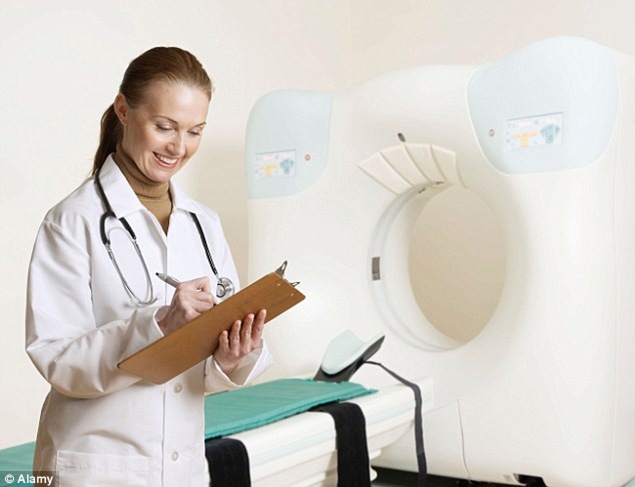Daily Mail
January 3, 2014

By 2017, for the first time, there will be more female than male doctors in the United Kingdom.
Although I am a feminist — in the NHS hospital in which I work as a surgeon, some of the best doctors are women — this shift of the gender balance in medicine is a worrying trend.
I believe it is creating serious workforce problems, and has profound implications for the way the NHS works.
For many years — until the Sixties — fewer than 10 per cent of British doctors were female. Then things changed. For the past four decades about 60 per cent of students selected for training in UK medical schools have been female.
This is understandable in academic terms because girls achieve slightly better A-level grades than boys. They also mature earlier and may present themselves more impressively to medical school selection committees at the age of 17.
The effect is beginning to be seen. In 2012, a total of 252,553 doctors were registered with the General Medical Council. The male-to-female ratio was 57 to 43 per cent.
However, in its annual report last year, the GMC documented the changes in the UK medical register between 2007 and 2012.

The most significant change was that the number of female doctors under the age of 30 had increased by 18 per cent, while the number of males decreased by 1 per cent.
Indeed, in this age group, 61 per cent of doctors are now women and 39 per cent men.
In the age group 30 to 50 years, over the same period, the number of female doctors increased by 24 per cent compared with 2 per cent for males. In this age group, men still outnumber women by 54 per cent to 46 per cent — but that ratio will soon reverse.
I fear this gender imbalance is already having a negative effect on the NHS.
The reason is that most female doctors end up working part-time — usually in general practice — and then retire early.
As a result, it is necessary to train two female doctors so they can cover the same amount of work as one full-time colleague.
Given that the cost of training a doctor is at least £500,000, are taxpayers getting the best return on their investment?
There is another important issue. Women in hospital medicine tend to avoid the more demanding specialities which require greater commitment, have more antisocial working hours and include responsibility for management.
